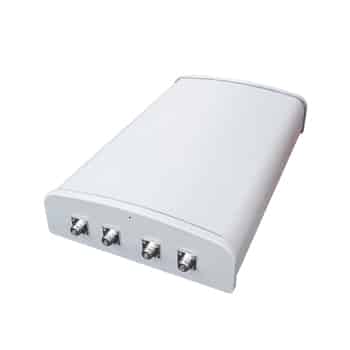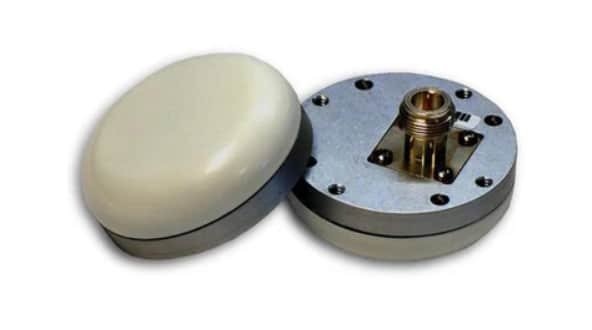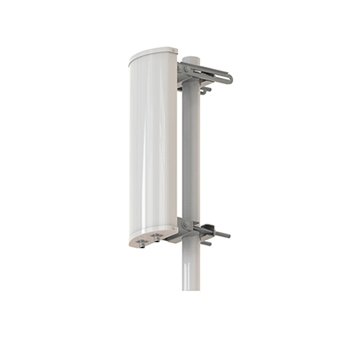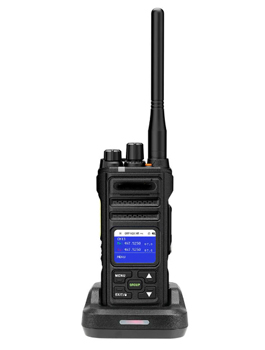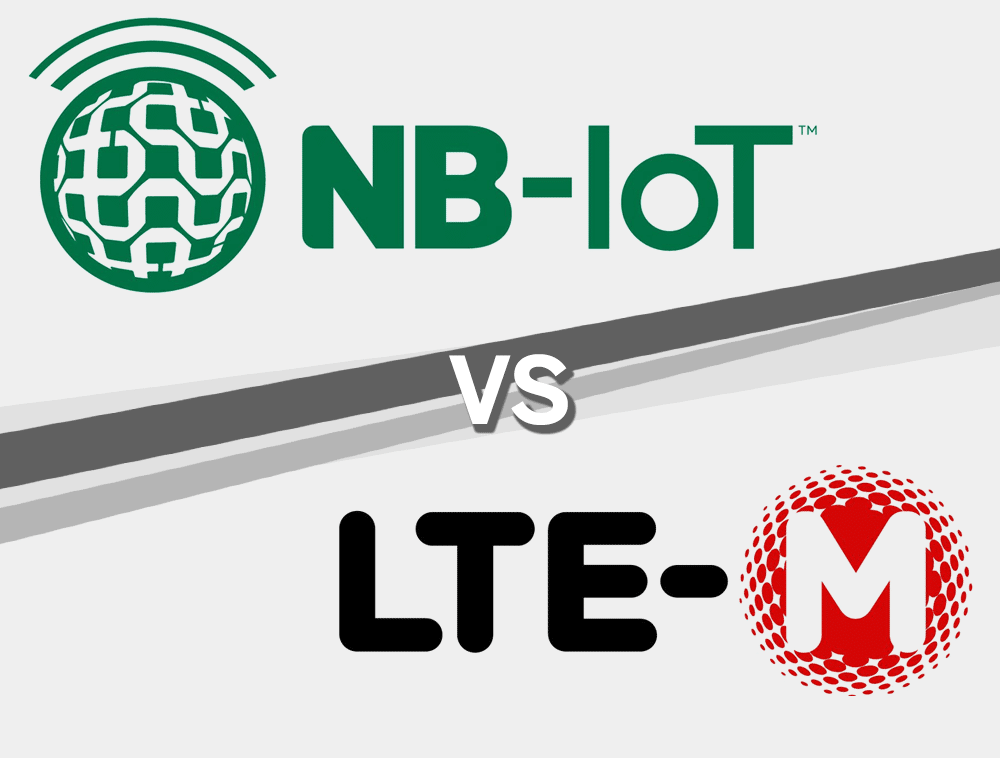
Low Power Wide Area Network (LPWAN) is an emerging area in realizing massive Internet of Things (IoT) applications. LTE-M and NB-IoT are the most popular cellular-based LPWAN technologies in the market to realize LPWAN applications. In this article, we will briefly introduce both NB-IoT and LTE-M and their main differences to make a design decision for your LPWAN solution.
Table of Contents
ToggleWhat is NB-IoT?
This is an LPWAN technology enabling a limited bandwidth, developed by 3GPP for cellular wireless communication and enabling massive IoT applications over a wide area network. It is one of the three main 3GPP standards introduced to help realize massive IoT applications. This is aimed at low power and deep coverage networks up to 20 km of range. It is also optimized for better latency reaching up to 10 seconds. Though NB-IoT operates in the licensed frequency spectrum, it is optimized to minimize interference and allow massive IoT devices of low throughput. You can find more detail in our previous article on What is NB-IoT?
What is LTE-M?
As mentioned above, both LTE-M and NB-IoT are cellular-based LPWAN technologies introduced by 3GPP. LTE-M or Long-Term Evolution for Machines can be considered as an extension of 4G-LTE introduced to realize Machine-to-machine (M2M) communication and massive IoT applications. Like NB-IoT, LTE-M is aimed at transmitting small chunks of data which require a large bandwidth through the internet from resource-supported end-devices. Unlike NB-IoT, which is limited by a range of 20 km, LTE-M can handle a long distance limited by the coverage offered by the 4G-LTE network. Also, you can find out more about LTE-M in our previous article, what is LTE-M?
Differences between NB-IoT and LTE-M
Now, we have a brief understanding of the NB-IoT and LTE-M, and we can now briefly go through some of the main differences between NB-IoT and LTE-M.
LTE-M was released in Release 13 by 3GPP in 2016 and was targeted at machine-to-machine communication. It is also referred to as the Cat-M protocol. Though NB-IoT was also introduced in the same release, it was further expanded and formulated in Releases 14 and 15. Due to this reason, it is also known as the Cat-M2 protocol. The main reason for the introduction of NB-IoT was the inability of LTE-M to cater to LPWAN requirements.
Another major difference is in the bandwidth allocated for data transmission in both technologies. NB-IoT allocates only a narrow bandwidth for data transmission, for low-throughput devices. In comparison, LTE-M allocates a large bandwidth for data transmission for low latent devices.
The architecture, on which the LTE-M is strongly based on previous cellular IP-based technologies such as 4G-LTE. However, NB-IoT is based on Evolved Packet System (EPS) and is optimized for enabling cellular IoT applications. Moreover, LTE-M connected devices can be deployed only in-band, meaning these devices are only capable of using resource blocks within a normal LTE carrier. In contrast, NB-IoT can utilize unused resource blocks within LTE carriers’ guard band or standalone carriers for device deployment. This theoretically increases the number of devices that can be connected to a given network up to 200,000 devices per cell.
LTE-M and NB-IoT both support eDRX (extended discontinuous reception) and PSM (power saving mode), which help to extend the battery life of connected devices. Therefore, it is hard to choose between NB-IoT and LTE-M when it comes to efficient power consuming technology. However, several field trails suggest that LTE-M is energy efficient for normal range of operation, and NB-IoT is more energy efficient for longer range of operation with a multitude of interference and penetration in the environment. Also, it should be noted that LTE-M is ideal for large data transmissions requiring low power capability.
Another important metric which is important in comparing cellular LPWAN technologies is mobility. It is the ability of the network to cater to mobile devices moving at different speeds and directions. NB-IoT does not support handover, making it impossible for devices to connect base stations under motion. In contrast, LTE-M which is built on top of 4G-LTE is capable of handling cell handover and in-vehicle handover. Therefore, LTE-M is the most suitable for applications that require a high degree of mobility and NB-IoT has limited capability of handling only stationary end devices. This handover feature also makes LTE-M the best for handling firmware and software updates as the devices can connect to the network despite the location and motion.
When considering the data speed of LTE-M and NB-IoT, LTE-M has higher data speeds. For the downlink, LTE-M can offer data speeds up to 1 Mbits/s and NB-IoT offer data speeds up to 26 kbits/s. While, for uplink data transmission, LTE-M can offer data speeds up to 1 Mbits/s and NB-IoT offer data speeds up to 66 kbits/s. In the case, of data speeds, LTE-M can offer great speeds and is a particularly good option for data hungry applications.
Global availability is a critical factor in deploying IoT applications. LTE-M, which is based on prevailing 4G-LTE infrastructure, is available on a global scale and can be easily deployed. However, NB-IoT can only be supported by a selected number of cellular infrastructures.
The most interesting feature of LTE-M is the capability of handling voice messages and holding eSIM capability. This allows the user to deploy specific IoT applications which require voice support over a long range.
What can Tesswave do for you?
Tesswave provide 100+ antenna products and you can contact us for antenna customized solutions, get in touch with us today to get a Free quote.
Get an Instant Quote
Get a FREE quote and we will contact you within an hour
Advantages and disadvantages of NB-IoT and LTE-M
Now having a brief understanding about the differences between NB-IoT and LTE-M, let us investigate some of the advantages and disadvantages of these cellular-based LPWAN technologies. More specifically we will be looking into the key benefits of each technology, thus highlighting one over the other.
Key benefits of NB-IoT
- Low power consumption, ideal for applications that require high degree of penetration
- Enhanced range of operation
- Low cost of deployment
- Uses DSSS modulation and easy to implement since it is based on single carrier frequency division multiple access
- Extended battery life
- Message-based operation
- Can support many devices
Major drawbacks of NB-IoT
- Cannot handle cell handover
- Low data speeds
- Cannot handle voice messages
Key benefits of LTE-M
- Range is only limited by the range of existing 4G-LTE network range of operation
- High data speeds
- Ideal for large data transmission
- Can handle cell handover and ideal for applications that require mobility
- IP-based operation
- Supports voice messages
Major drawbacks of LTE-M
- Cannot support many devices, as devices are only allocated in-band resource blocks
- High device cost compared to NB-IoT
Applications of NB-IoT and LTE-M
Now let us classify some of the massive IoT applications according to the most preferred option between NB-IoT and LTE-M. Ideally, for applications that require high data speeds and high mobility, LTE-M is the ideal option. In contrast, NB-IoT is ideal for applications that require high penetration and stationary applications.
Applications of NB-IoT
- Smart metering and electric metering applications
- Waste management applications
- Smart agriculture applications
- Street light automation
- Pipeline management
Applications of LTE-M
- Smart wearables
- Patient monitoring and smart healthcare
- Asset tracking
- Smart city applications
- Low-density sensors
Conclusion
In this article, we briefly investigated the differences between NB-IoT and LTE-M and identified their significance in different ranges of massive IoT applications. The decision between choosing between these two solely depends on the nature and the specific requirements of the application that we are interested in. In conclusion, NB-IoT is ideal for stationary applications and LTE-M for moving devices.

